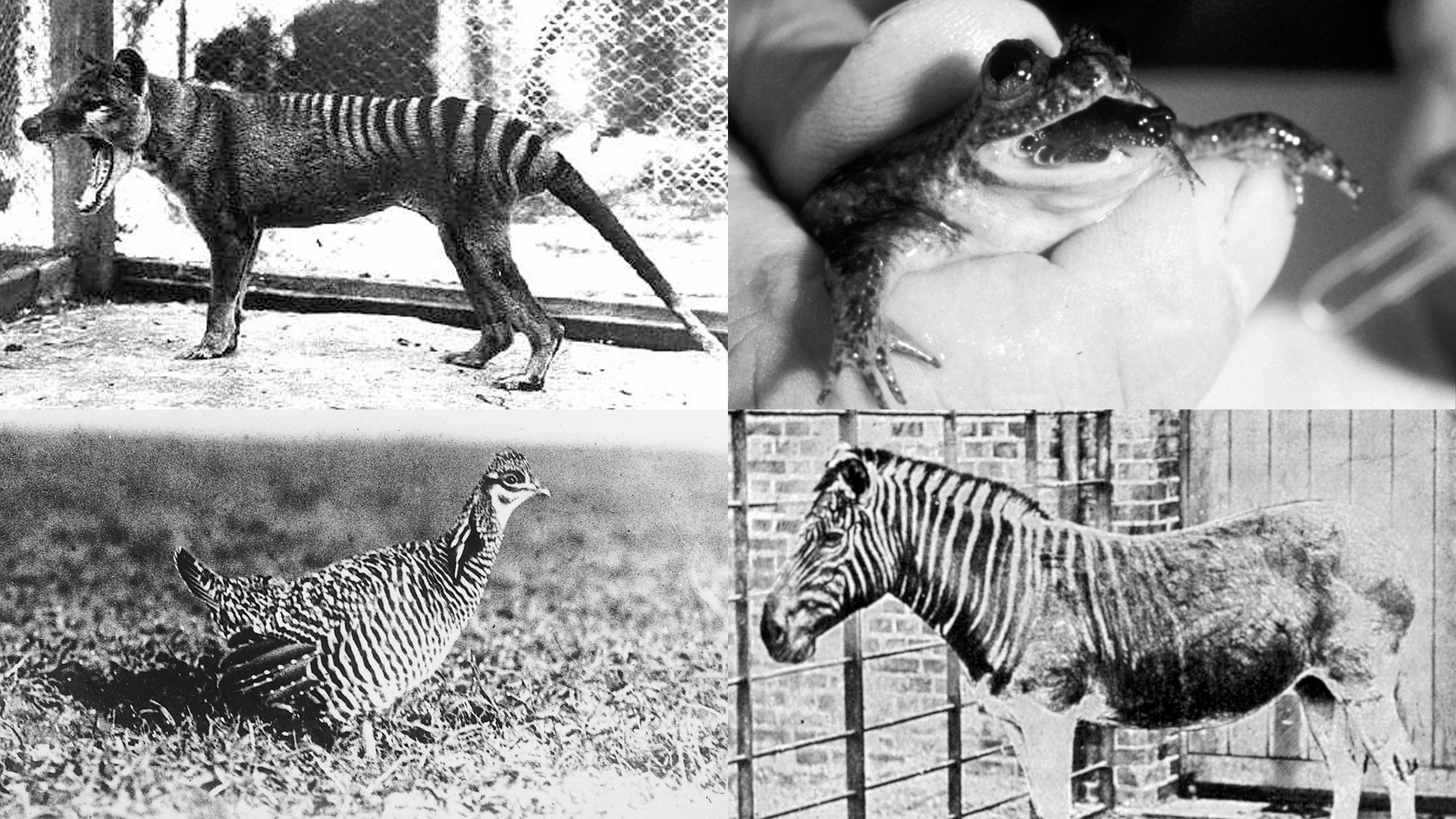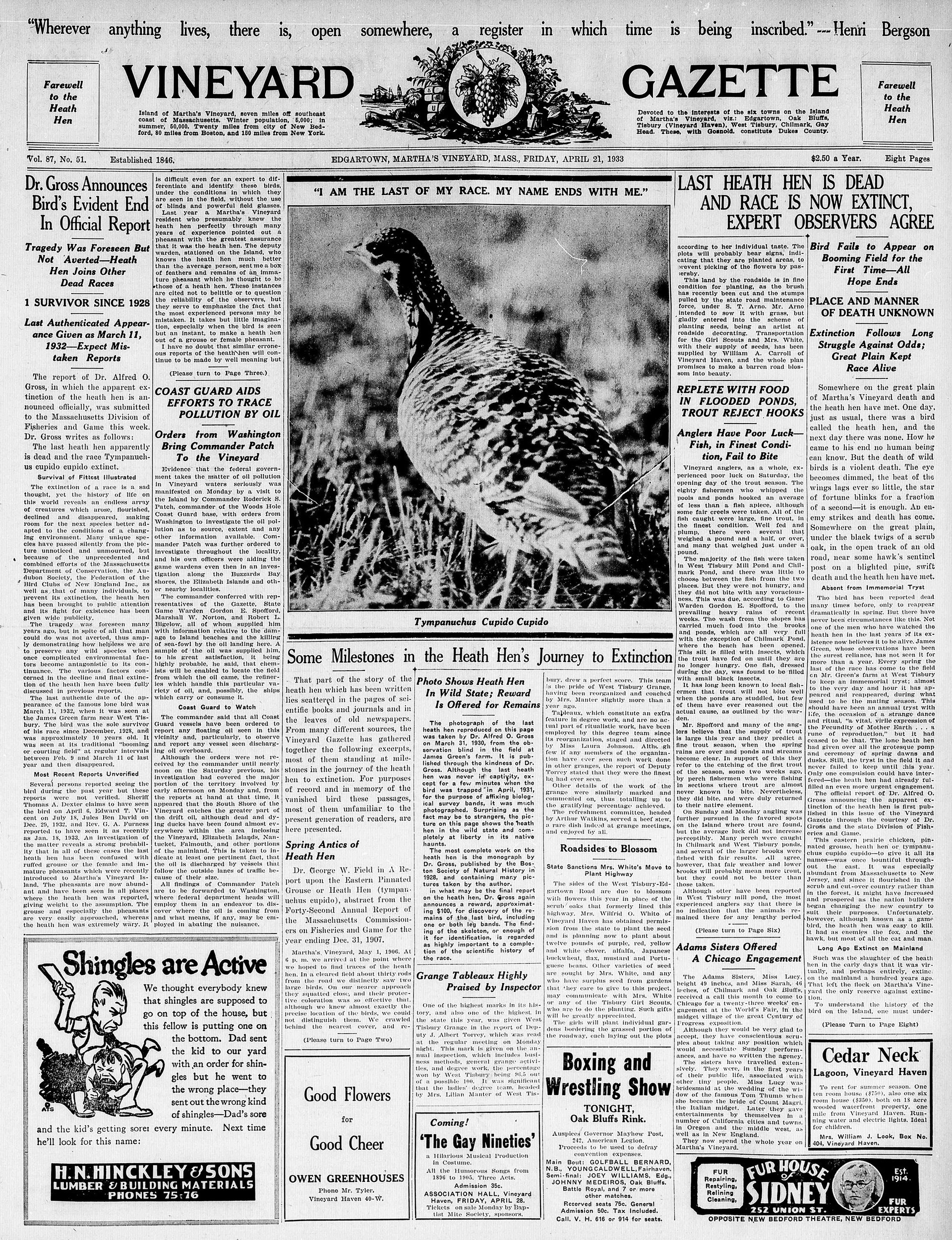These four animals could be brought back from extinction
De-extinction, which is the process of creating an organism that is a member of or closely resembles an extinct species, is a scientific process made possible through the use of gene-editing technology like cloning or selective breeding. While some scientists question the evolutionary benefits and point out that de-extinction resources could be better spent conserving existing species, the idea is popular in biotech and conservation communities.


De-extinction, which is the process of creating an organism that is a member of or closely resembles an extinct species, is a scientific process made possible through the use of gene-editing technology like cloning or selective breeding. While some scientists question the evolutionary benefits and point out that de-extinction resources could be better spent conserving existing species, the idea is popular in biotech and conservation communities.
Here are four animals being considered as potential candidates for de-extinction:
Thylacine – This marsupial, native to Australia and New Guinea, was a relative of kangaroos and koalas but looked more like a wolf. Humans hunted the thylacine to extinction by the 1930s; the last living animal died in captivity in 1936. In 2008, Dr. Andrew Pask, a researcher at the University of Melbourne, published a paper detailing how his team extracted DNA from a preserved thylacine and injected a portion of the Col2a1 gene, which regulates bone development, into mouse embryos, which grew normally. This was the first time DNA from an extinct animal performed its intended function in a living animal. This experiment has renewed scientists’ hopes of eventually restoring the thylacine from extinction.
Gastric-Brooding Frog – This frog went extinct in the mid 1980s, likely due to pollution and disease. Native to Australia, the frogs are known for their unique reproduction method: The mother would convert her stomach into a womb, swallow her eggs, refrain from eating during the six-week gestation period, and give birth through “propulsive vomiting.” In 2013, scientists at the University of New South Wales and University of Newcastle tried to clone the frog by implanting a cell nucleus from a dead gastric-brooding frog into a live egg from another frog species. Professor Mike Archer hopes to continue using this method to make an embryo that will survive to the tadpole stage.
Quagga – It’s thought that the quagga became extinct due to overhunting in 1883, but in 1984, genealogy technology revealed that the quagga was actually a subspecies of the plains zebra, meaning it has the same DNA. The two species share the same genotype, though their phenotype (their observable characteristics) is different. The Quagga Project was started to try to recreate the quagga through artificial selection of plains zebras. The project has had some success: The first quagga-like zebra foal was born in January 2005, and the fifth generation foal was born in December 2013. Scientists hope continued selective breeding will lead to generations of plains zebras almost identical to the extinct quagga, which could then be released in the wild.

Heath Hen – These birds were extremely common in the northeastern US and were likely eaten at the Pilgrims’ first Thanksgiving dinner in 1621. They were aggressively hunted for food over the next 300 years, and despite local conservation efforts, the last heath hens died in 1932. The wide availability of usable DNA from museum specimens makes the heath hen a de-extinction candidate. A conservancy group founded by Stewart Brand and Ryan Phelan, is interested in restoring the bird through genetic technology. “The heath hen could well be the gateway bird to being able to bring genetic rescue to a wide variety of endangered and possibly extinct birds,” Brand said in 2016.

This piece is featured in Quartz’s new book The Objects that Power the Global Economy.